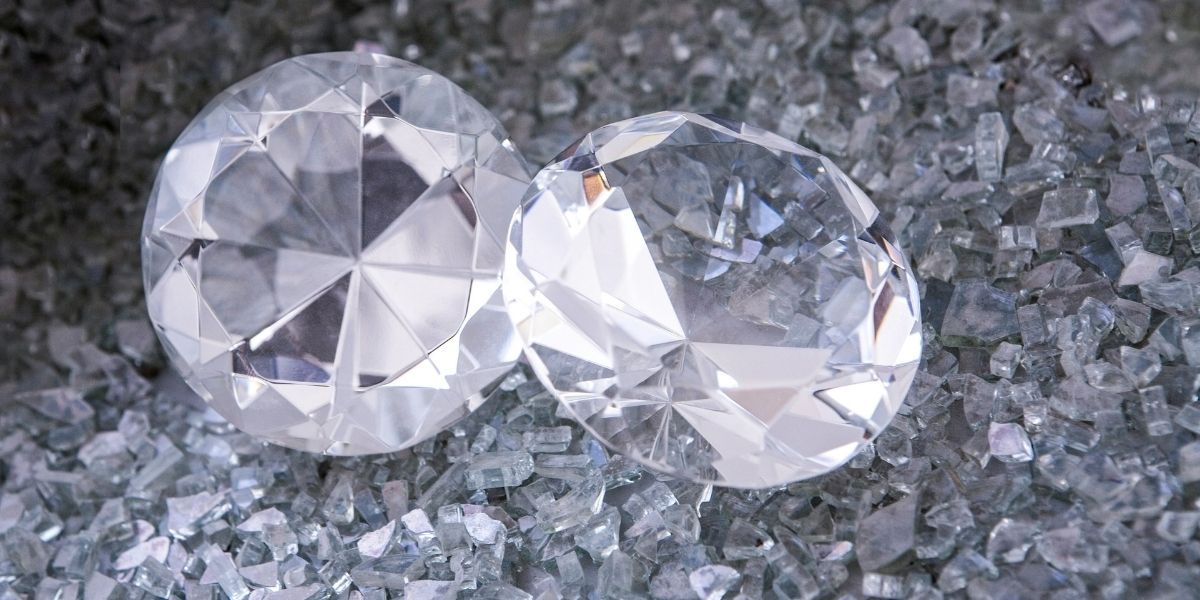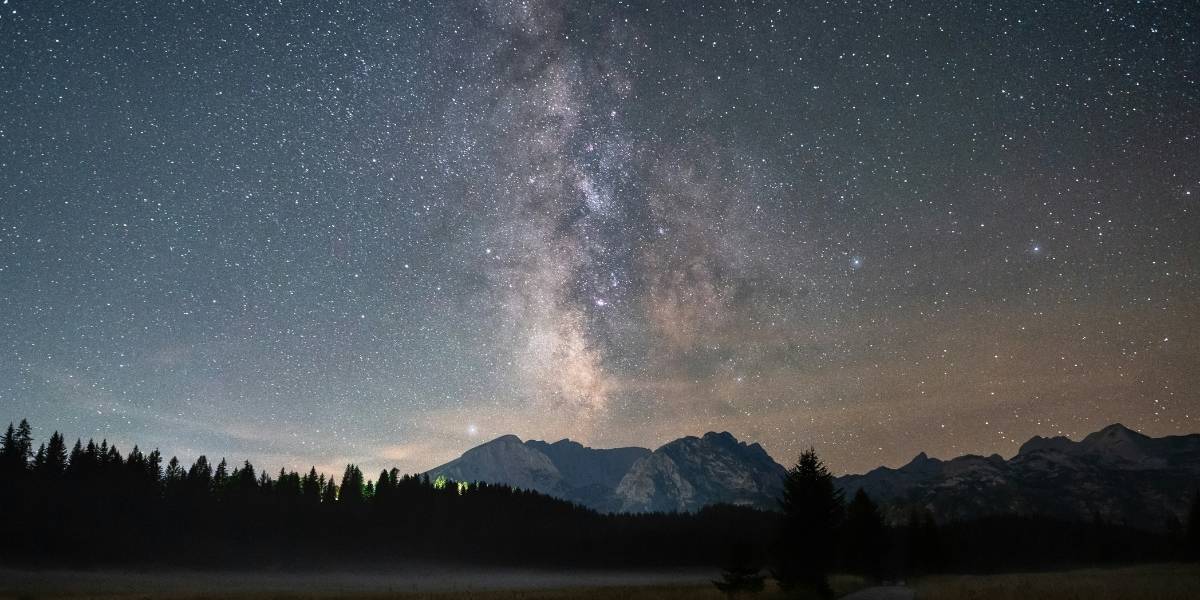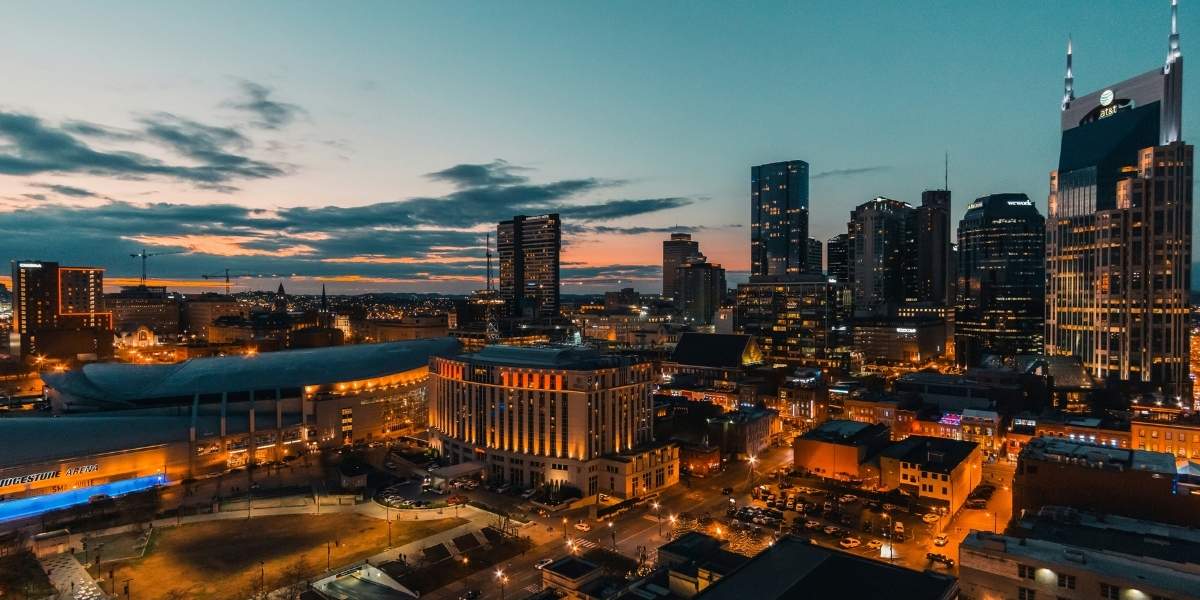What Defines Contemporary Art Photography?
Art photography has always been a medium for self-expression, storytelling, and creative exploration. In recent years, contemporary trends in photography have reshaped the way we view and experience art. These trends reflect societal changes, technological advancements, and a broader approach to identity, culture, and environment. Today, photography is not just about capturing moments but also about challenging norms and expressing new ideas.
Unlike traditional photography, which focused heavily on technical skill and documentation, contemporary art photography embraces various techniques, styles, and concepts. The line between commercial and fine art photography has blurred, making the medium more accessible to both artists and audiences alike. As these trends evolve, they continue to push the boundaries of what photography can represent.
Read Also: The Challenge of Shooting Films Set in the 50s
How Have Digital Tools Influenced Photography?
One of the most significant shifts in contemporary photography has been the influence of digital technology. The rise of digital cameras and editing software has opened new creative avenues for photographers, allowing them to manipulate and alter images in ways that were once impossible.
Editing tools such as Adobe Photoshop have become essential for photographers seeking to enhance their images or create entirely new visual worlds. The digital landscape allows for endless possibilities in terms of style, manipulation, and presentation. With the ability to create composites, adjust lighting and color, and erase imperfections, photographers now have a broader spectrum to express their artistic visions.
Moreover, the digital age has brought about the rise of photography in the realm of social media, where platforms like Instagram and Flickr have become venues for artists to showcase their work and interact with a global audience. Social media has not only democratized photography but has also influenced trends, leading to an increased demand for curated, visually cohesive imagery that appeals to a wide audience.
What Are the Key Contemporary Trends in Art Photography?
Contemporary photography is diverse, encompassing a range of styles and techniques that reflect modern-day sensibilities and technological innovations. Here are some of the most notable trends in the field:
1. Conceptual Photography
Conceptual photography focuses on conveying a specific idea, emotion, or message rather than simply capturing a scene. In this style, the photograph is seen as an idea or a visual representation of a concept, often aiming to provoke thought or evoke a reaction from the viewer. Artists may use symbolism, metaphors, and staged scenes to communicate deeper meanings.
This trend emphasizes the photographer’s role as a storyteller, where the content and message of the image take precedence over the technical quality of the shot. Conceptual photography often blurs the lines between fine art and conceptual art, creating images that are both visually compelling and intellectually engaging.
2. Minimalism
Minimalism in photography has gained popularity as more photographers embrace simplicity and focus on clean lines, subtle compositions, and a limited color palette. This style is often characterized by empty space, monochromatic tones, and an emphasis on negative space.
The minimalistic approach to photography invites the viewer to pay attention to the details that might be overlooked in a more complex image. By stripping away unnecessary elements, minimalism creates a sense of calm and allows for a more profound connection with the subject.
3. Portraiture and Identity Exploration
Modern photography has seen a rise in portraiture that delves deep into themes of identity, culture, and self-expression. Contemporary photographers are increasingly using the medium to explore issues of race, gender, and personal history, allowing individuals to tell their stories through powerful and intimate images.
This trend goes beyond the traditional concept of a portrait and focuses on the subject’s personality, inner world, and socio-cultural context. Portraiture has become a tool for social commentary, often shedding light on marginalized groups and bringing their stories to the forefront of public consciousness.
4. Environmental and Nature Photography
As the world grapples with environmental challenges, nature and environmental photography have taken on new significance. Contemporary photographers are using the medium to raise awareness about climate change, conservation, and the beauty of the natural world. These photographers seek to capture both the raw power of nature and the impact of human activity on the environment.
Through stunning visuals, environmental photographers often urge viewers to reflect on humanity’s relationship with the earth. Whether through documentary-style imagery or abstract representations of nature, this trend encourages activism and highlights the urgency of preserving our planet.
5. Experimental Photography
With the constant evolution of digital tools and techniques, experimental photography has flourished in contemporary art. This trend includes unconventional approaches, such as using alternative photographic processes, manipulating the camera’s functions, and combining photography with other media like painting or sculpture.
Experimental photographers may experiment with light leaks, double exposures, or in-camera effects to create visually striking and surreal images. The goal of experimental photography is to challenge traditional perceptions of the medium and explore new ways to represent reality.
How Does Contemporary Photography Push Boundaries?
Contemporary photography has expanded the boundaries of the art form, making it more interactive, experimental, and diverse than ever before. The rise of mixed media in photography, such as incorporating digital painting or animation, shows how the art form continues to evolve and challenge the norms. Photographers today are not just capturing images; they are creating visual experiences that invite viewers to think, feel, and engage with the artwork.
The concept of “photo manipulation” also plays a critical role in pushing the boundaries of photography. Through digital tools, photographers can distort, enhance, and even completely transform an image, allowing them to create surreal, dreamlike scenes that challenge viewers’ perceptions of reality.
How Is Social Media Shaping Contemporary Photography?
Social media platforms like Instagram have become major influences in contemporary photography trends. The demand for visually compelling, easily shareable content has led many photographers to adapt their work for digital consumption. As a result, photographers often consider composition, color schemes, and style in a way that ensures their images will resonate on social media feeds.
Social media has also enabled a new generation of photographers to emerge, allowing them to reach global audiences with ease. This democratization of the medium has led to diverse approaches and a growing interest in different photography styles. Emerging photographers are increasingly embracing creative and experimental approaches that may not fit within traditional boundaries, showcasing their work in virtual galleries or as part of collaborations.
Read Also: Strengthening Cybersecurity in a New Digital Era
The Future of Art Photography
Contemporary photography is dynamic, ever-changing, and more inclusive than ever before. New technological advancements, coupled with a growing awareness of social and environmental issues, have expanded the possibilities of what photography can represent. The current trends reflect not only the evolving nature of the medium but also the role of art in addressing the complexities of modern life.
As photographers continue to push boundaries and experiment with new techniques, the future of photography promises to be even more innovative and diverse. Whether through conceptual work, experimental methods, or documentary storytelling, photography will continue to be a powerful medium for self-expression and social change.














